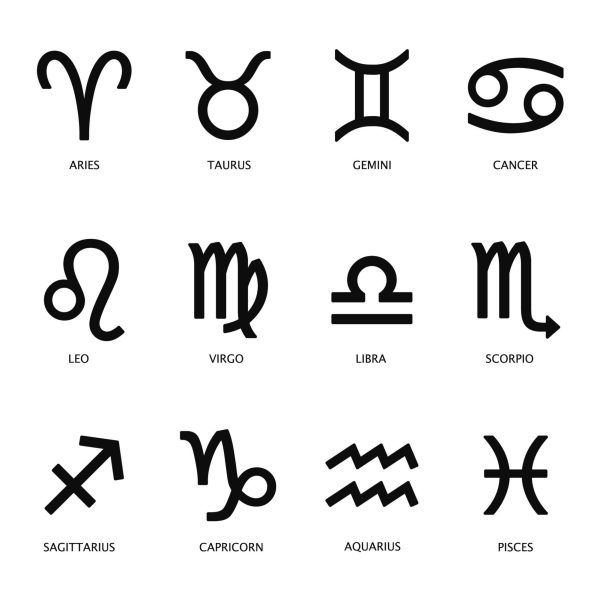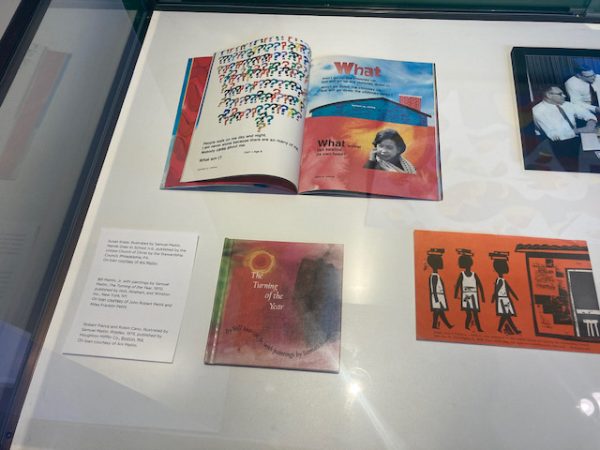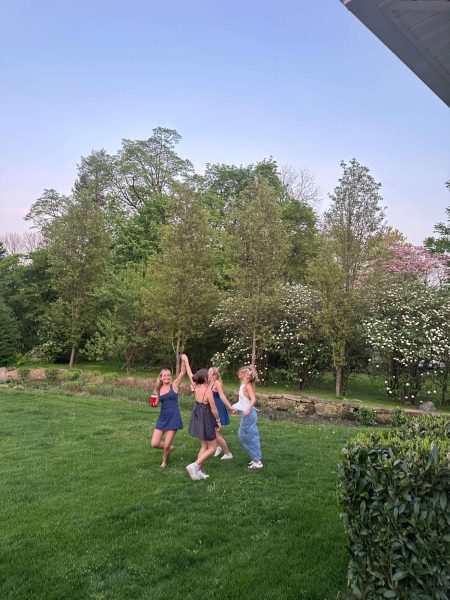The return to a simpler Valentine’s Day
February 10, 2010
When the modern-day American thinks of Valentine’s Day, an image is conjured up of red roses, heart-shaped Whitman’s Samplers and sappy Hallmark cards. We remember the days of signing cards in elementary school and begrudgingly giving them to everyone in the class — whether we wanted them to be our valentine or not. The holiday began with much different roots, and looking into the past can give us inspiration for returning to classic expressions of love infused with a modern twist.
Start off your V-Day by listening to Shakira’s “She Wolf” and you’ll be taken back to Roman times.
St. Valentine’s Day began as a pagan holiday, called the Lupercalia festival, which took place in February, the beginning of spring in Rome. It was a celebration of purification and fertility to honor Faunus, the Roman god of agriculture, and the lupa, or she-wolf, that nursed Romulus and Remus, the founders of Rome.
During the Lupercalia festival, young women were paired with bachelors in a dating “lottery” system that often led to marriage. To Christianize the pagan holiday, Pope Gelasius declared Feb. 14 as St. Valentine’s Day around 498 A.D.
In keeping with tradition, be sure to sign your valentines “from your Valentine.”
St. Valentine is thought to have been a priest in Rome during the third century who secretly married young couples during a time when marriage had been outlawed by Emperor Claudius II. When Claudius discovered Valentine, he sentenced him to death. Feb. 14 is thought, by some, to be the anniversary of Valentine’s death or burial. Others believe that before his death, Claudius sent Valentine to jail, where young couples he had married visited him, bringing flowers and notes. Yet another legend says that while in jail, Valentine fell in love with the daughter of the jail-keeper and composed the first valentine as we know it today. He signed his love note, “from your Valentine.”
Share one of these early love poems with your Valentine, or create your own.
Around the 15th century, Charles, the Duke of Orleans, wrote the earliest-known valentine to his wife. Since then, evidence of romantic Valentine’s Day greetings has been found throughout literature including in the works of Geoffery Chaucer, William Shakespeare, John Donne and John Lydeck. Over time, love poetry became a traditional way of expressing emotions on Valentine’s Day.
Forego the store-bought cards that only require a signature and make your own card complete with a heartfelt message.
Small tokens of affection and handwritten letters became the standard way of celebrating Valentine’s Day throughout all social classes in Great Britain during the 17th and 18th centuries, and the tradition of giving handmade cards reached the United States by the 1700s.
Take a cue from Esther’s designs when making your Valentines by incorporating mixed media in a collage style.
In the early 1800s, the first mass-produced, made-for-mail valentines were distributed in England. About 40 years later, Esther A. Howland, a student at Mount Holyoke College, received one of the decorative, embossed English valentines. It inspired her to create her own from lace, ribbon, pictures and other scrap material. Her designs sparked the American valentine industry, but Esther’s originals capture the true spirit of the holiday.
This year, keep in mind that you don’t have to have just one valentine! Valentine’s Day is the perfect time to show your love and appreciation for everyone in your life — your parents, friends, roommate or even your pet.
By the late 19th century and early 20th century, Valentines were mass-produced by several manufacturers. They become more pictorial, and their affordability made them easy to send to many people, rather than to just one valentine. The holiday shifted from being only about romantic love to love in general.
Jewelry doesn’t have to be elaborate and chocolate doesn’t have to be plentiful. Something simple is just as good. Valentine’s Day doesn’t have to be a fancy and expensive holiday. The true meaning behind a gift is what it’s all about.
Chocolate came into the picture around the same time as the mass-produced valentines. Cadbury created the first heart-shaped box of chocolates in 1861, and the tradition sky-rocketed from there. Confections and flowers, among other small tokens like handkerchiefs, feathers, engraved coins, perfumed sachets, gloves and tiny mirrors, were given as signs of affection until the 1920s. Today these small tokens of affection have grown to more elaborate pieces, but the emphasis on small things that could be placed in a pocket or worn on the body continues in giving jewelry as a gift.
Valentine’s Day traditions from history have long been forgotten because the once meaningful holiday has been taken over by greeting card companies and products excessively branded with hearts. With the 2010 holiday on the horizon, think about returning to the simpler days of truly thought-out valentines. Valentine’s Day should not be a burden; it is not about picking the right card from a shelf or grabbing any piece of jewelry with a diamond on it. Valentine’s Day is about finding the right way to express your love for others in a way that holds real value and significance.











